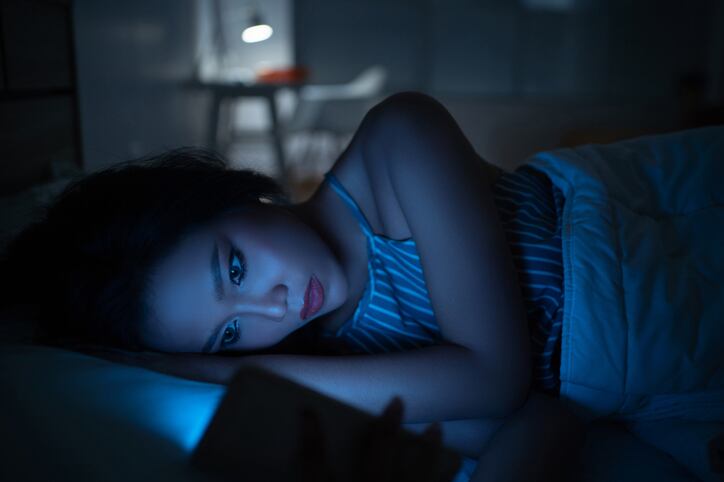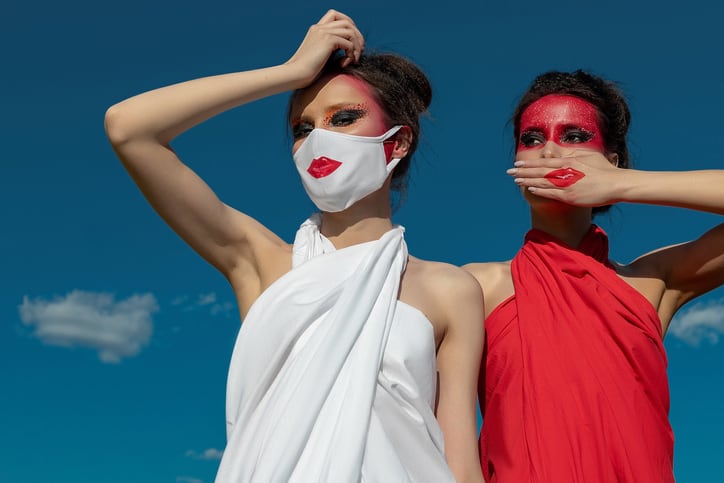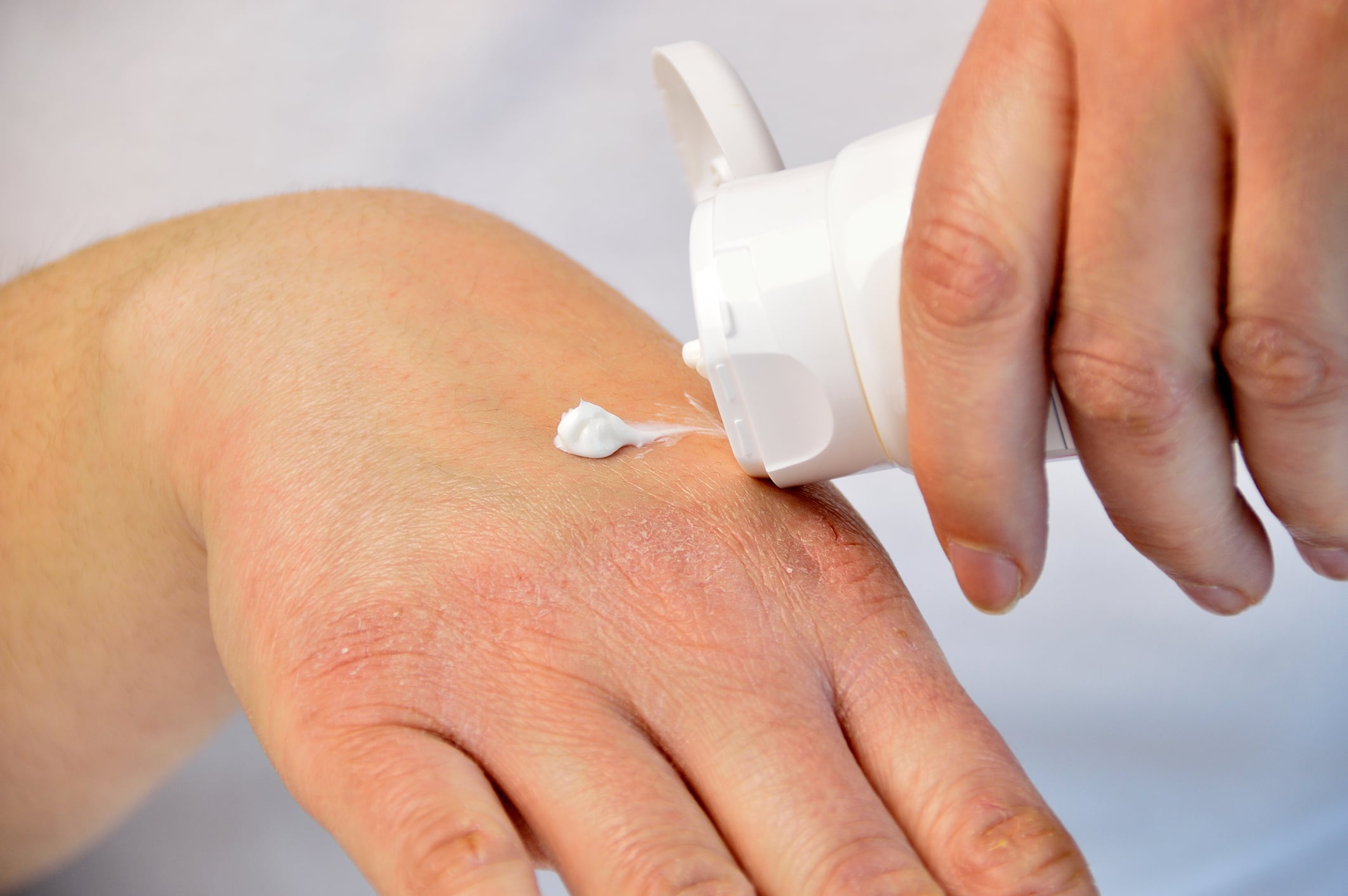Writing in Cosmetic Dermatology, researchers from the University of Toledo in the US explored the cosmetic ingredients available to protect from blue light and looked at existing testing methods used to substantiate protection claims.
The review found “multiple ingredient categories” currently available to “fight against blue light-induced skin damage”, including algae-derived ingredients, UV filters, botanical extracts, antioxidants and vitamins. It also identified a range of testing methods used to measure blue light protection in personal care products, such as spectrophotometers, imaging devices, measuring oxidative stress, and visual evaluations, though “no formal standardized method” currently existed.
A rise in research – understanding skin damage and substantiating claims
The researchers said as science advanced in the blue light category, the personal care industry would advance further in protective product development.
“The number of ingredients launched for blue light protection and new methods developed to test products for blue light protection claims is expected to increase in the near future as we are learning more about the mechanism of damage that occurs in the skin upon blue light exposure,” the researchers wrote.
“…As more research results become available about the effects of blue light on the skin, an increasing number of consumers are looking for ways to protect themselves from blue light on a regular basis. Skin care products, makeup, and sunscreens can all offer blue light protection claims,” they said.
Ingredients innovation – botanicals, algae-derived, vitamins and UV filters
The researchers said there were a few key cosmetic ingredient groups currently offering blue light protection claims, sourced through natural and synthetic means, including botanicals, algae-derived, vitamins and UV filters.
The largest number of ingredients offering blue light protection claims could be categorised as botanicals, the review found, with several blends from major ingredient suppliers offering claims on preventing pigmentation, improving skin gloss and brightness, and complexion and elasticity.
“Botanical extracts are a popular category of ingredients in the blue light protection segment – similar to other categories,” the researchers wrote.
Popular sources of botanical ingredients for blue light protection included butterfly ginger plant, rice, cocoa seed, carrot root and seeds, and marigold, they said, and within many of these topical blends, antioxidants like carotene or beta-carotene were also important actives used to deter blue light oxidation before and after exposure.
“Vitamins are also popular ingredients in the blue light protection sector,” the researchers said, with niacinamide (B3) and vitamins C and E considered effective in formulations. UV filters that offered an extended protection into the visible spectrum were also a popular choice.
Testing refined – solar simulators, visual assessments and skin analysis
The researchers said that whilst was no specific technique, device or standardized way of testing blue light claims in personal care products, “the urge to learn more about blue light protection claims has led to several substantiation test methods that can be utilised by companies to prove product efficacy”.
“…A common way to evaluate the use of blue light and understand its claims seems to simply be through the use of sight,” the researchers said. The Investigator’s Global Assessment (IGA), for example, was a clinically trusted measure when looking at disease severity and treatment and could be used to compare results to baseline tests, using expert visual grading supported by digital image analysis.
Certain measures could also be taken from the skin, including the expression of superoxide dismutase – the main free radical produced by blue light exposure; hyperpigmentation – a negative consequence of blue light exposure; lipid peroxidation – the degradation of lipids by oxidative means; and protein carbonylation – a type of protein oxidation that indicated the body had gone through reactive oxygen species (ROS) mediated alterations, including blue light and UV radiation.
Measuring oxidative stress specifically caused by blue light exposure could be achieved in multiple ways, the researchers said, though many methods were still in the development phase.
Solar simulators, spectrometers and LED lights could all be used to replicate blue light in a controlled laboratory environment for testing, the researchers said, and new devices to emit and test blue light continued to be developed.
Consumer education – the next piece of the puzzle?
As science advanced fast in blue light protection and analysis, many parts of the beauty and personal care industry had now turned focus towards consumer education.
Unilever, for example, said in September last year that it had a responsibility to educate consumers on blue light exposure. Samantha Tucker-Samaras, global vice president of science & technology for beauty and personal care at Unilever, told CosmeticsDesign-Europe at the time: “Consumers mainly interface with companies through the individual brands they use, so as much education that we can do through brands working to provide blue light protection, the better.”
Source: Cosmetic Dermatology
Published online ahead of print in December 2020, doi: 10.111/jocd.13854
Title: “Blue light protection, part II – Ingredients and performance testing methods”
Authors: JG. Coats, B. Maktabi, MS. Abou-Dahech and G. Baki




